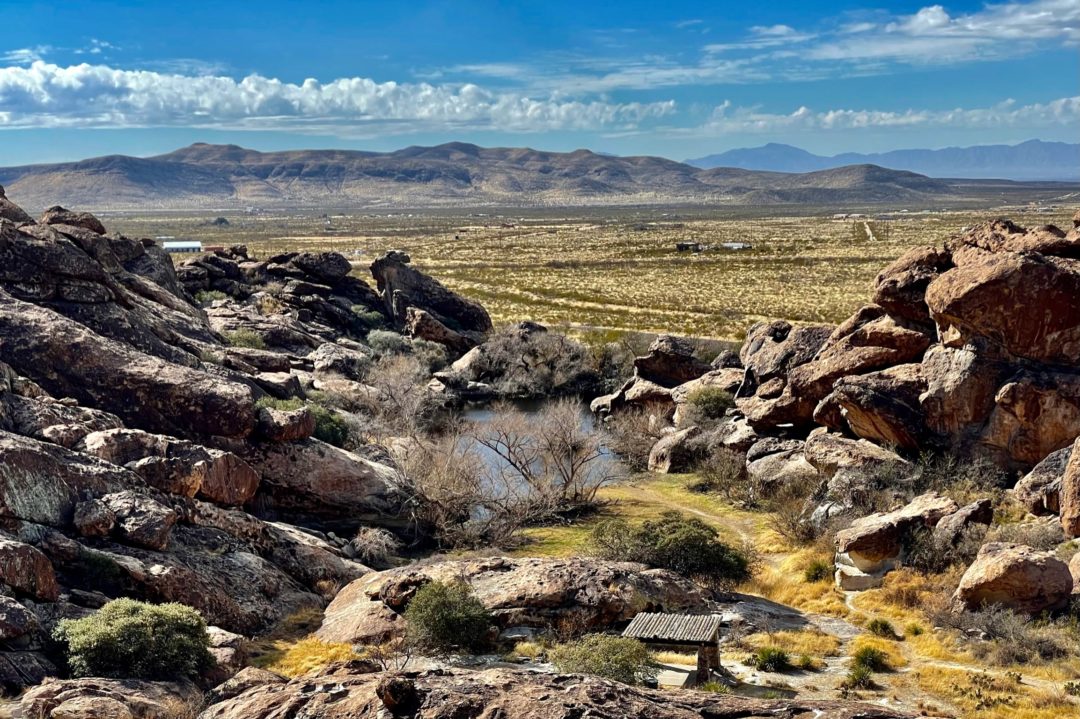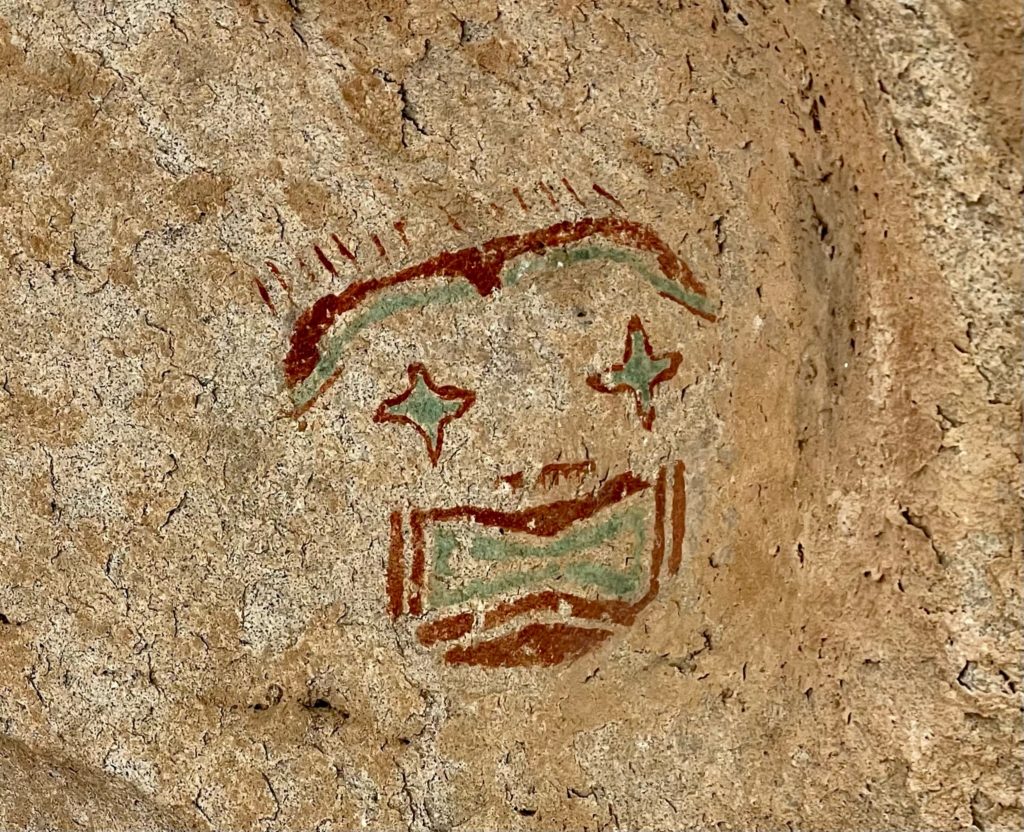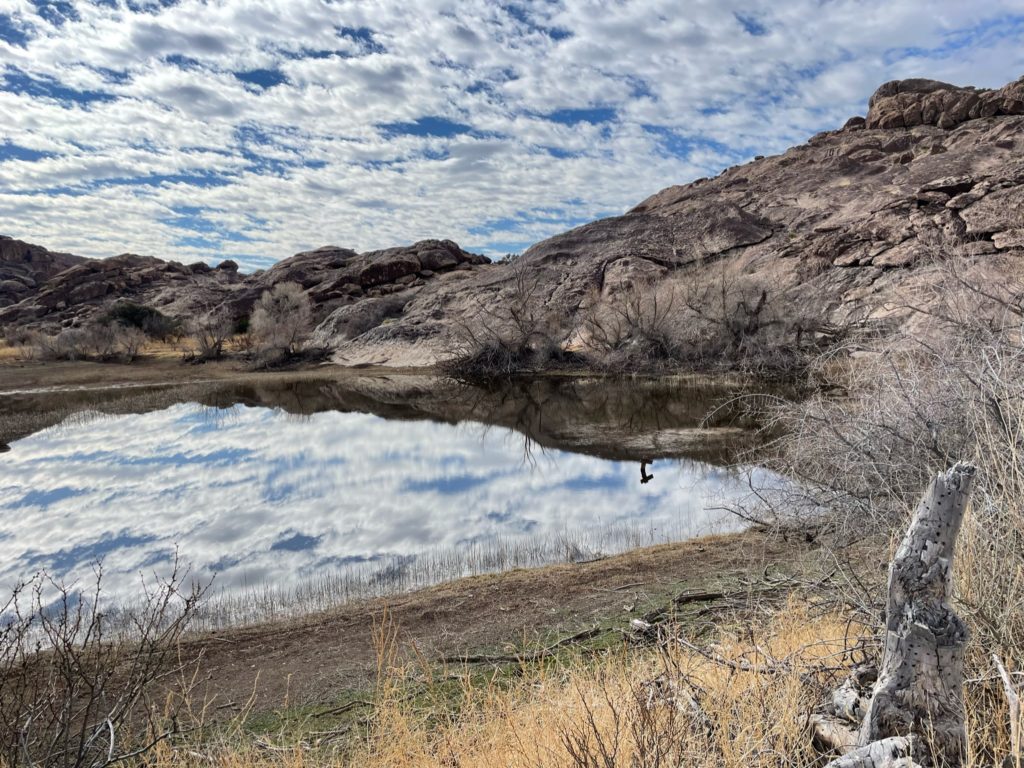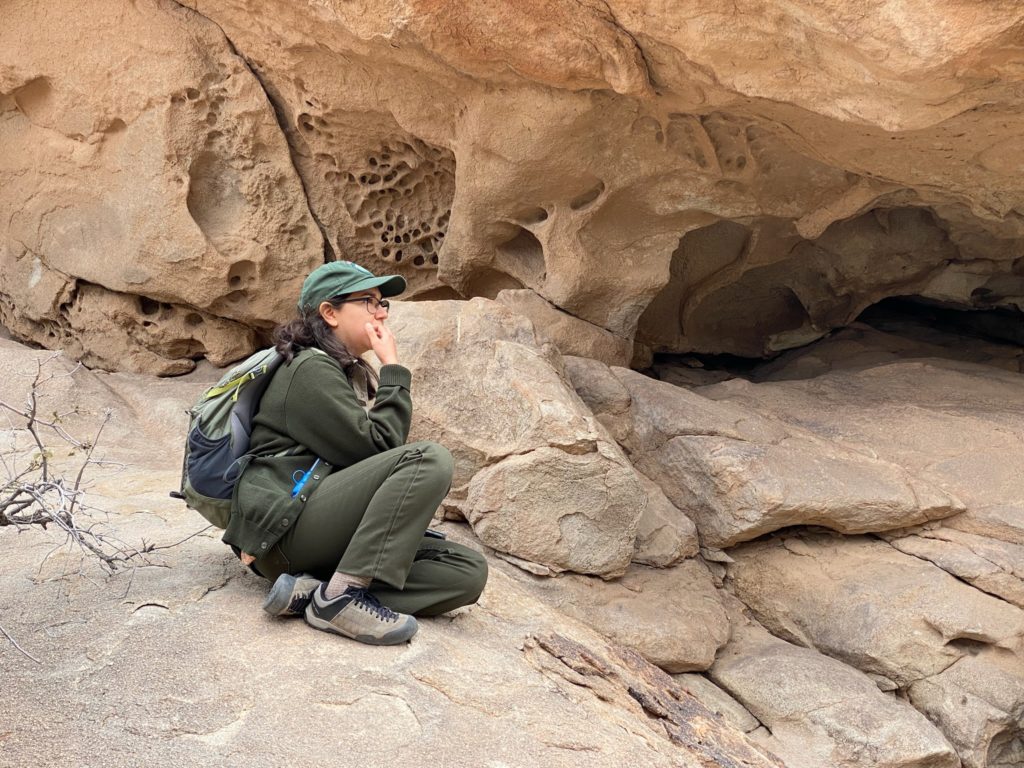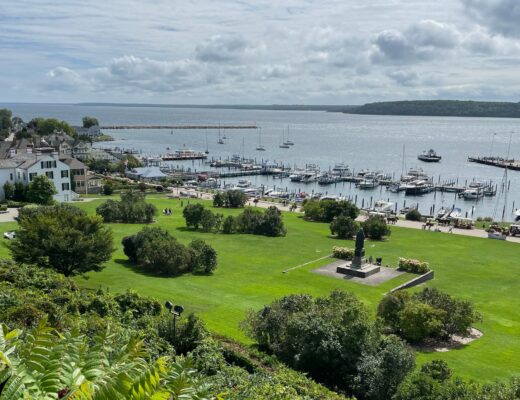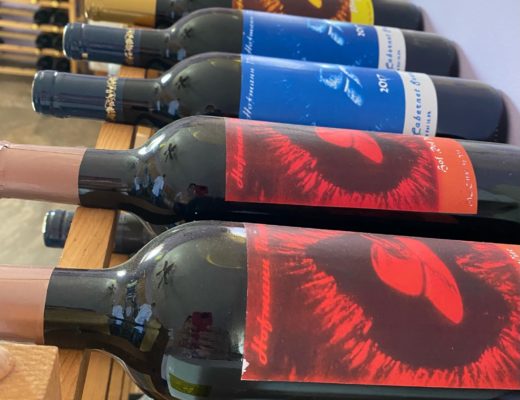Hueco Tanks State Park is about 30 miles northeast of El Paso TX. This historic site is named for its rock hollows (hueco is Spanish for hollow) that have provided crucial trapped rainwater to animals and humans for thousands of years.
The rock outcroppings were formed 34 million years ago when magma enter an older limestone formation and cooled.
This 860-acre state park consists of three syenite (a weak form of granite) mountains and today is popular for rock climbing, bird watching, and hiking. It has cultural and spiritual significance to many Native Americans and boasts and incredible number of pictographs, many of which are thousands of years old.
Human habitation of the area dates back 10,000 years so the history here runs deep.
Around 1150A.D. the Jornada Mogollons occupied the area and painted more than 200 “masks” here. It’s believed their society simply outgrew the area and moved on. Later the area was used by the Apache, Comanche, Kiowa, and Tiguas.
It wasn’t until 1852 that a fraction of the now-known over 3000 pictographs were recorded, which includes the largest number of ceremonial mask paintings in North America! Shortly thereafter (from 1858 and 1859), the Butterfield Overland Mail kept a stagecoach station in the area. This company was a contractor for the US Post Office and transported passengers and US mail across the US all the way to San Francisco, allowing for western development.
Once the stagecoach moved its station, individual owners occupied the Hueco Tanks land and used it for ranching and later tourism until it was purchased in by El Paso County in the mid-1960s. It, then, became a Texas state park in 1970.
The current protection of the park is fierce. In fact, even old shards of glass and bottlecaps are not being moved off of the property by the state. Because of this, there are just a few trails that you can explore on your own and viewing most of the park requires you to sign-up for a tour (free) with a park ranger. All rock climbing requires special permits.
We stayed in the Hueco State Campground, which was very nice. The ranger tour to see the pictographs was fantastic, not only because the pictographs are wonderfully maintained, but the rangers provide a lot of detail about the dating and images and the group tours are small enough that its interactive. We saw the Barbary sheep, called Auodad, that live in the area but didn’t get any photos. A volunteer with the ranger group provided information about the red dye (cochineal) that comes from bugs that live off of prickly pear cactus. Not only was cochineal used for some of the Hueco Tank pictographs but it later became a European craze and a hot commodity for dying clothing red. In fact after Spanish conquistadors discovered it, it became the second largest Mexico export after silver.
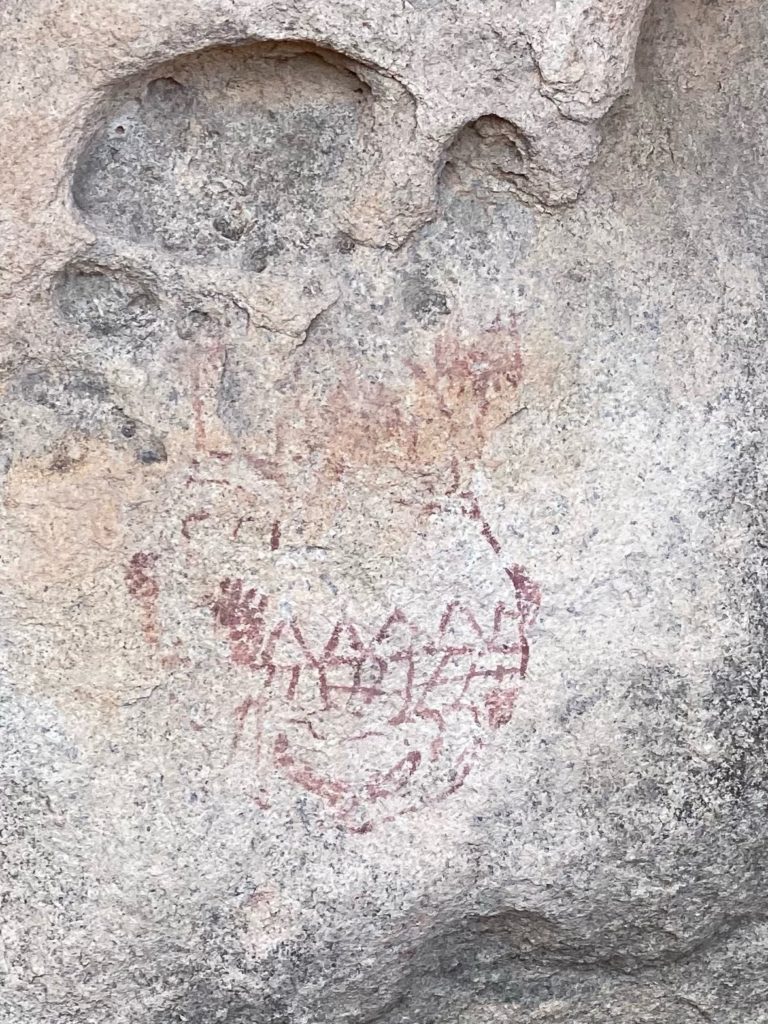
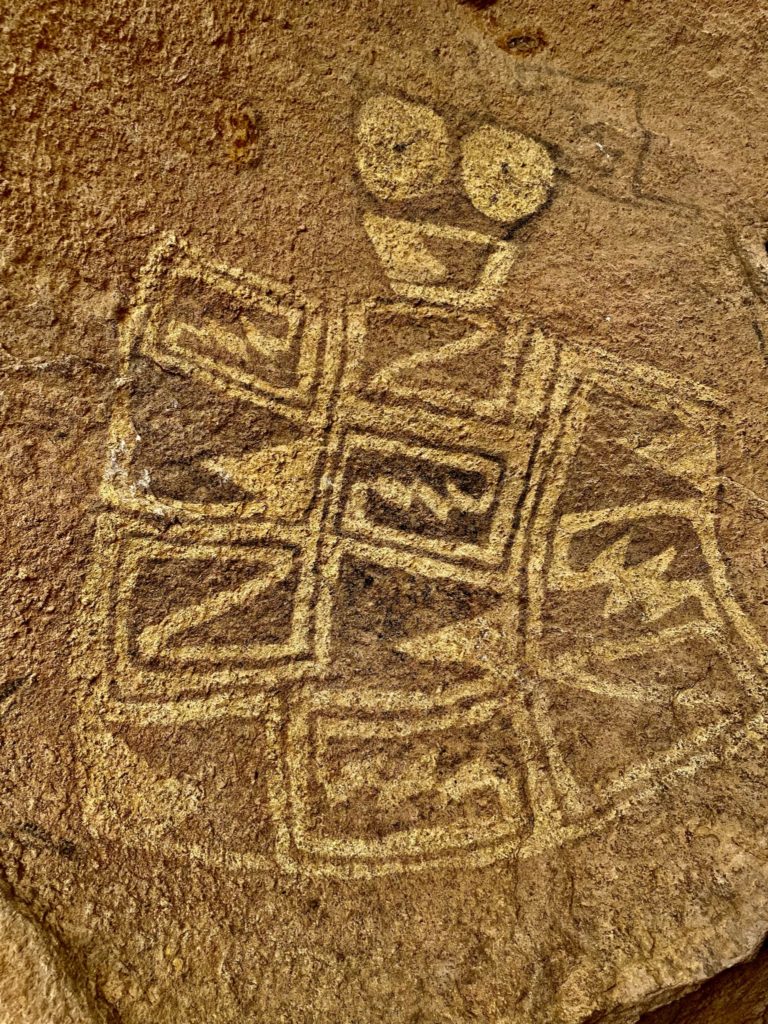

Ranger Tour Pictographs 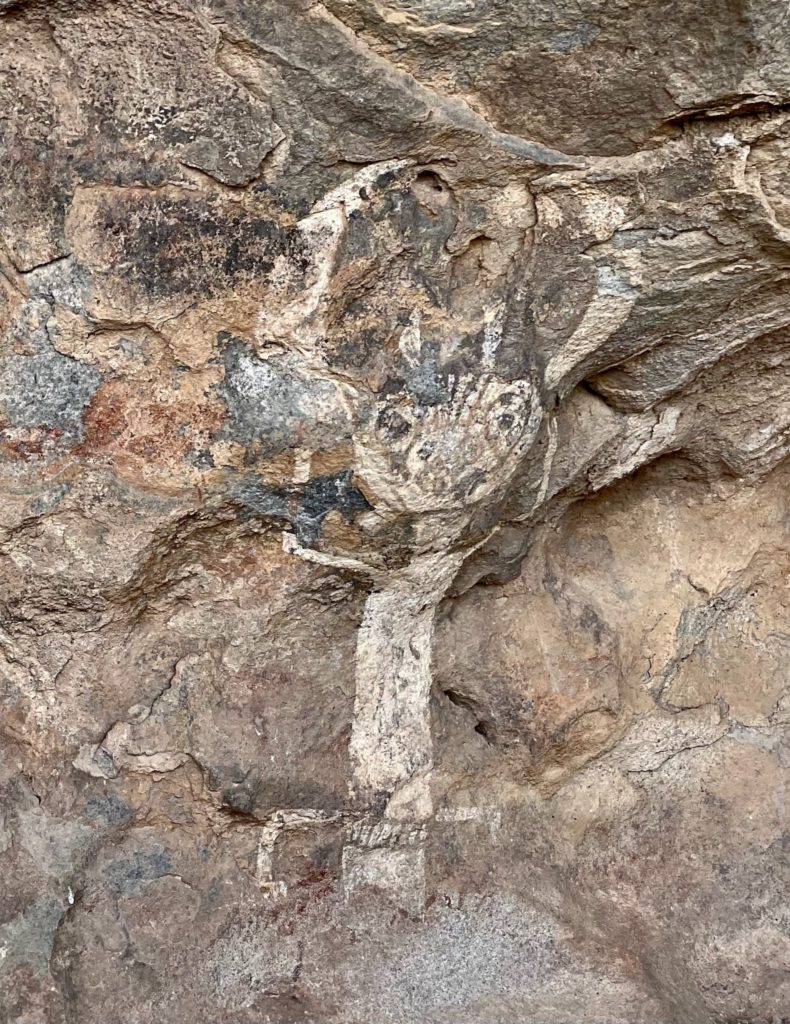
We did one short “hike” (more like a rock scramble) that required Gaia maps to navigate to our destination, the Kiva Cave – a fun destination with great views and an easy hike, but on an unmarked trail.
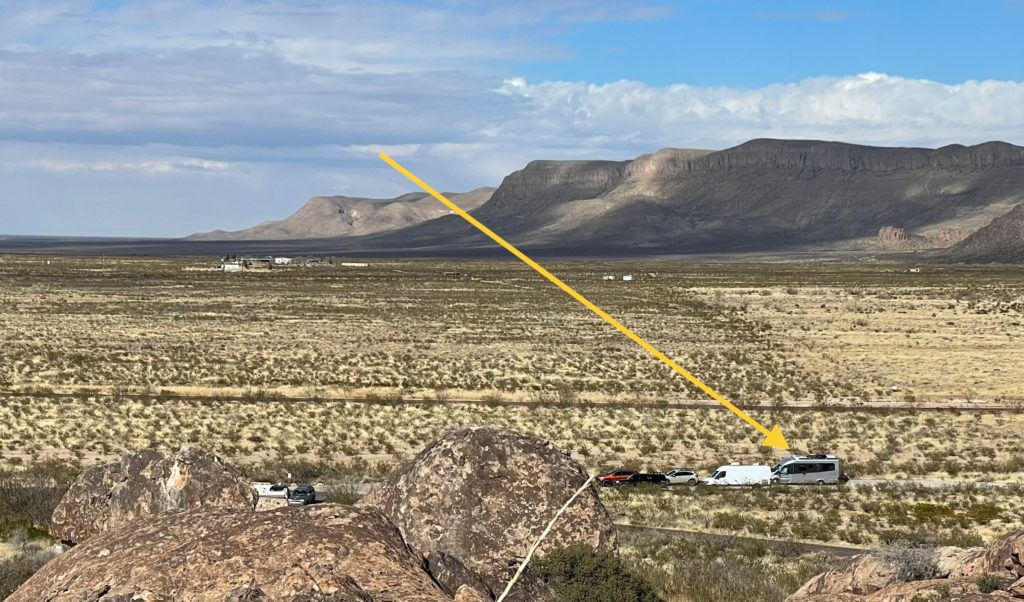
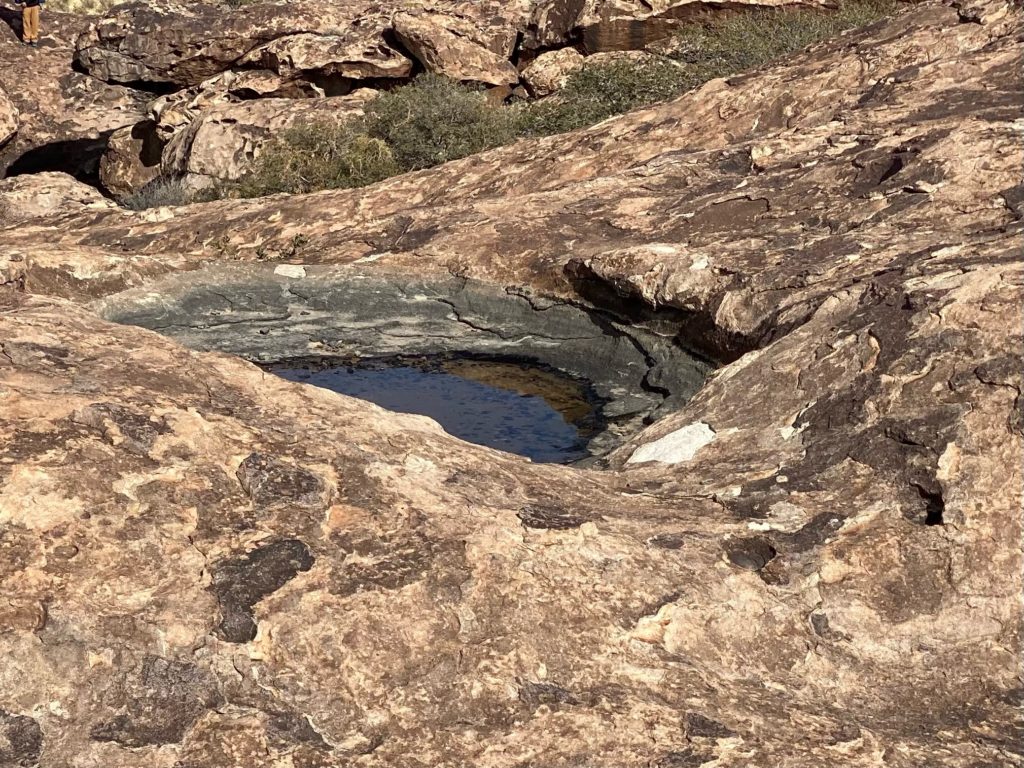
Typical hueco 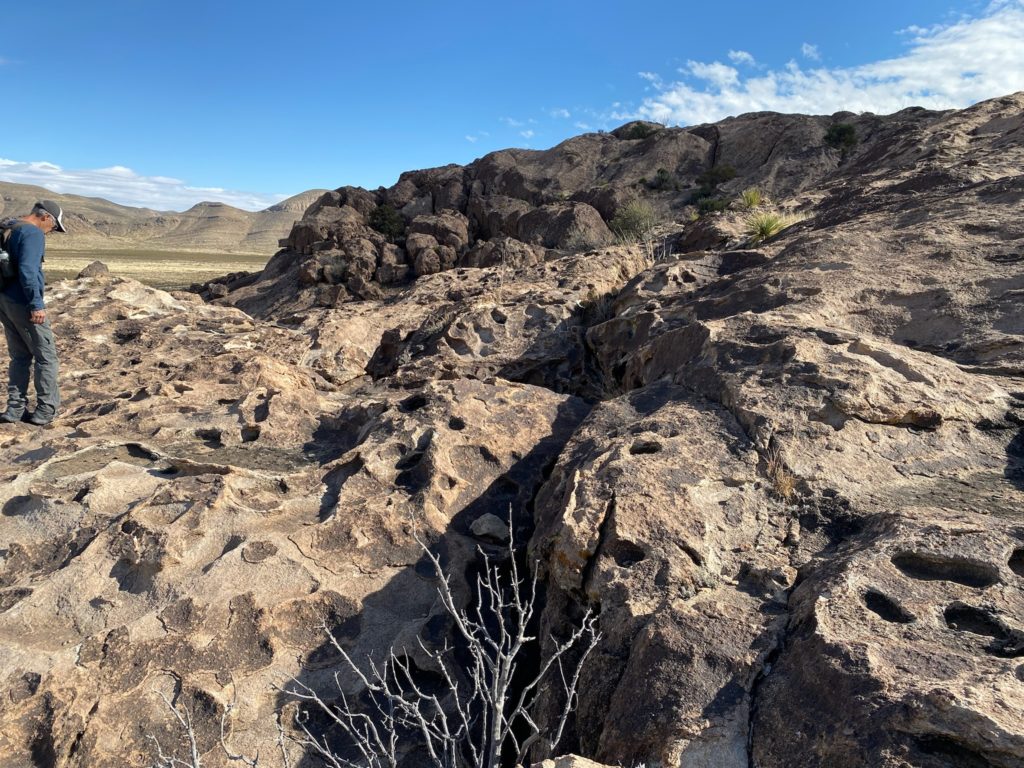
Lots of huecos
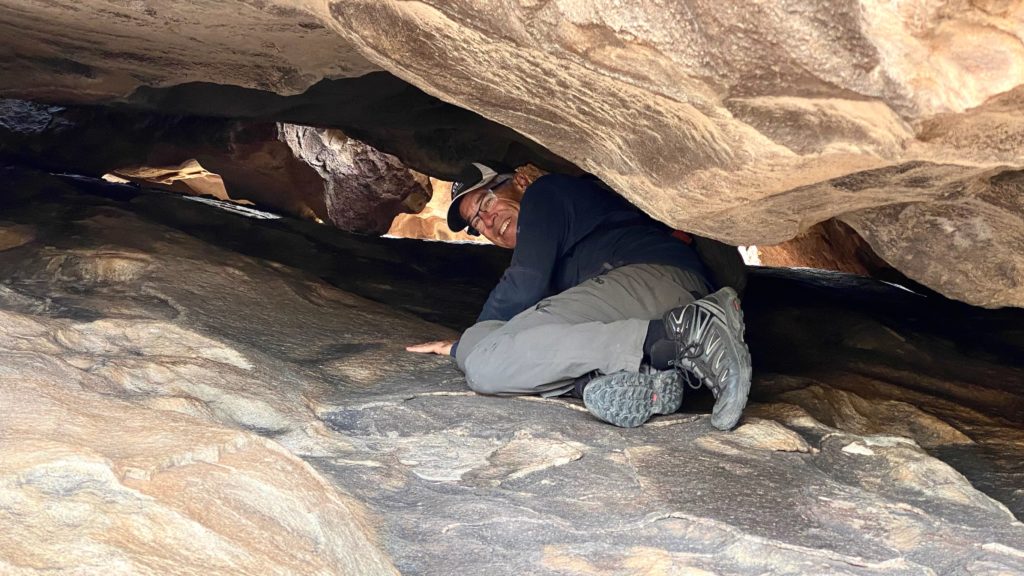
Kiva cave 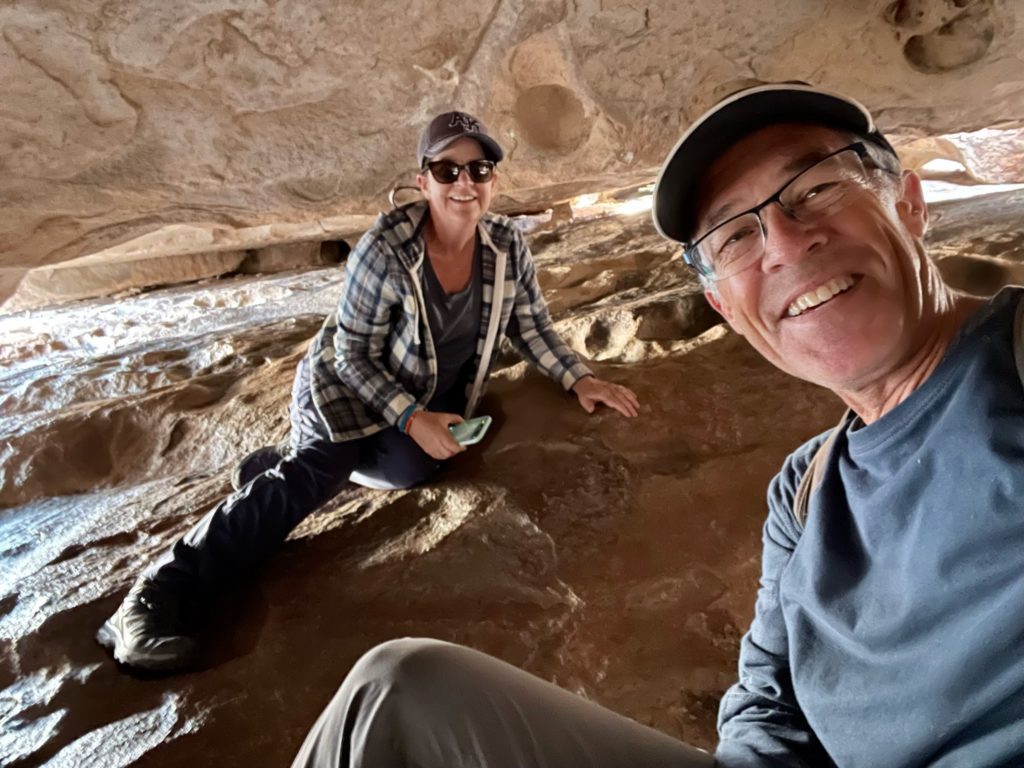
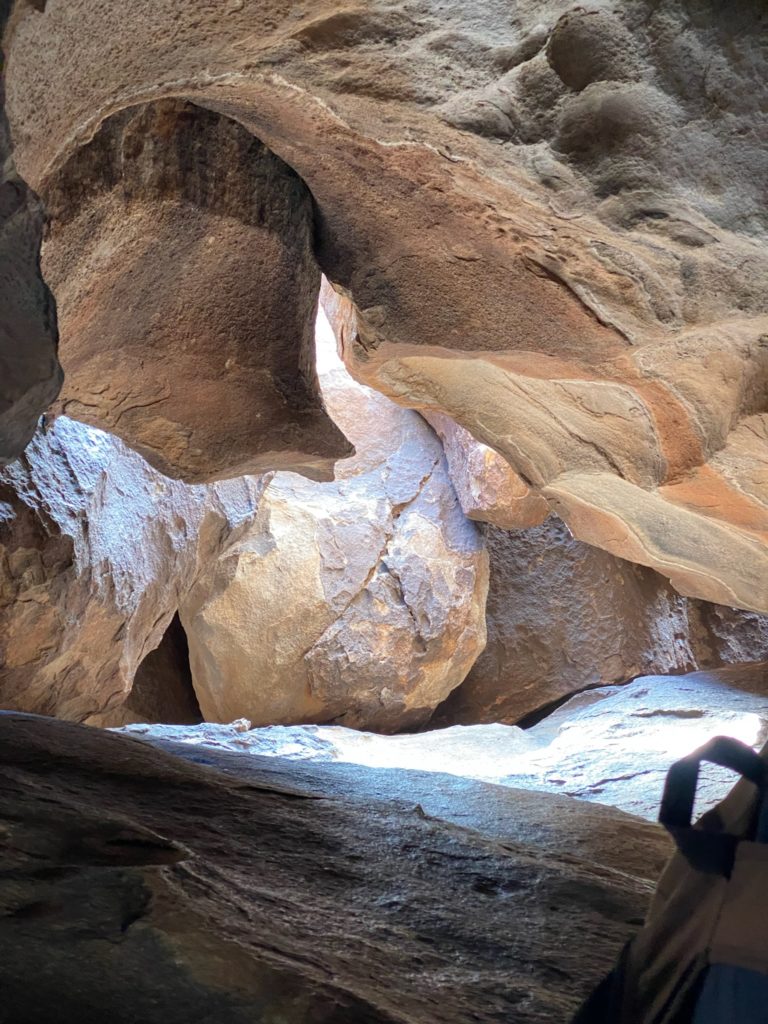
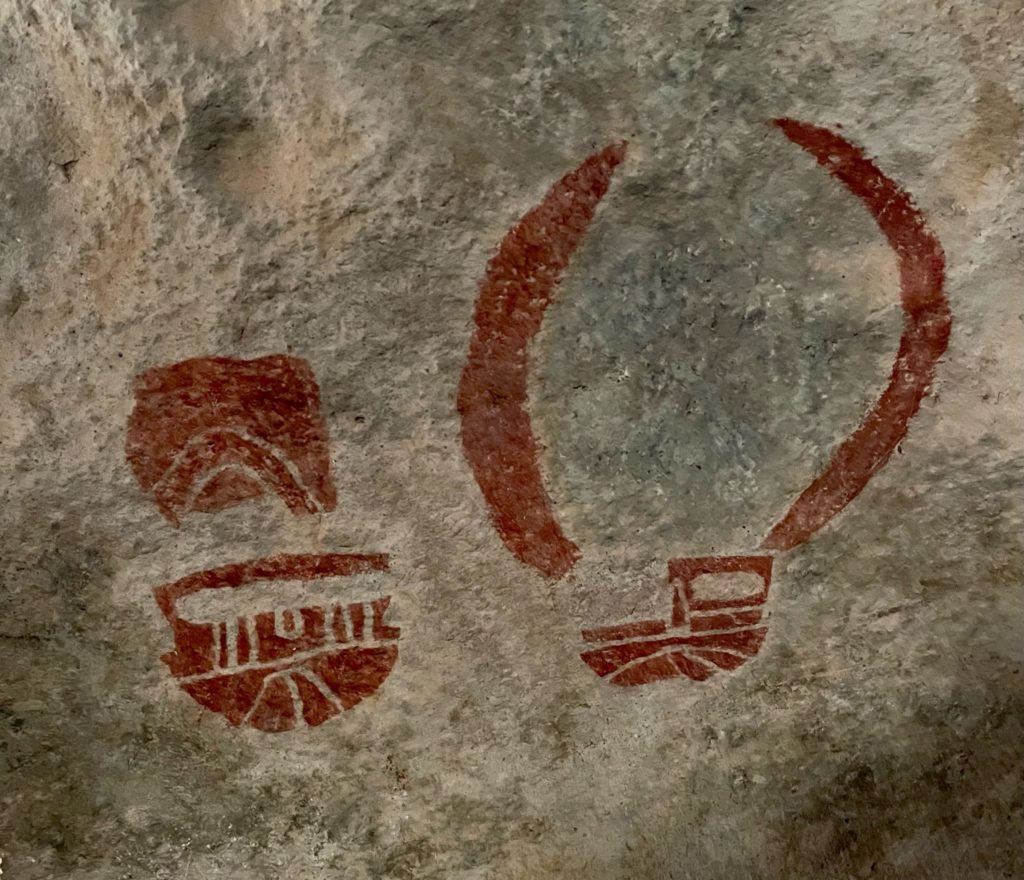
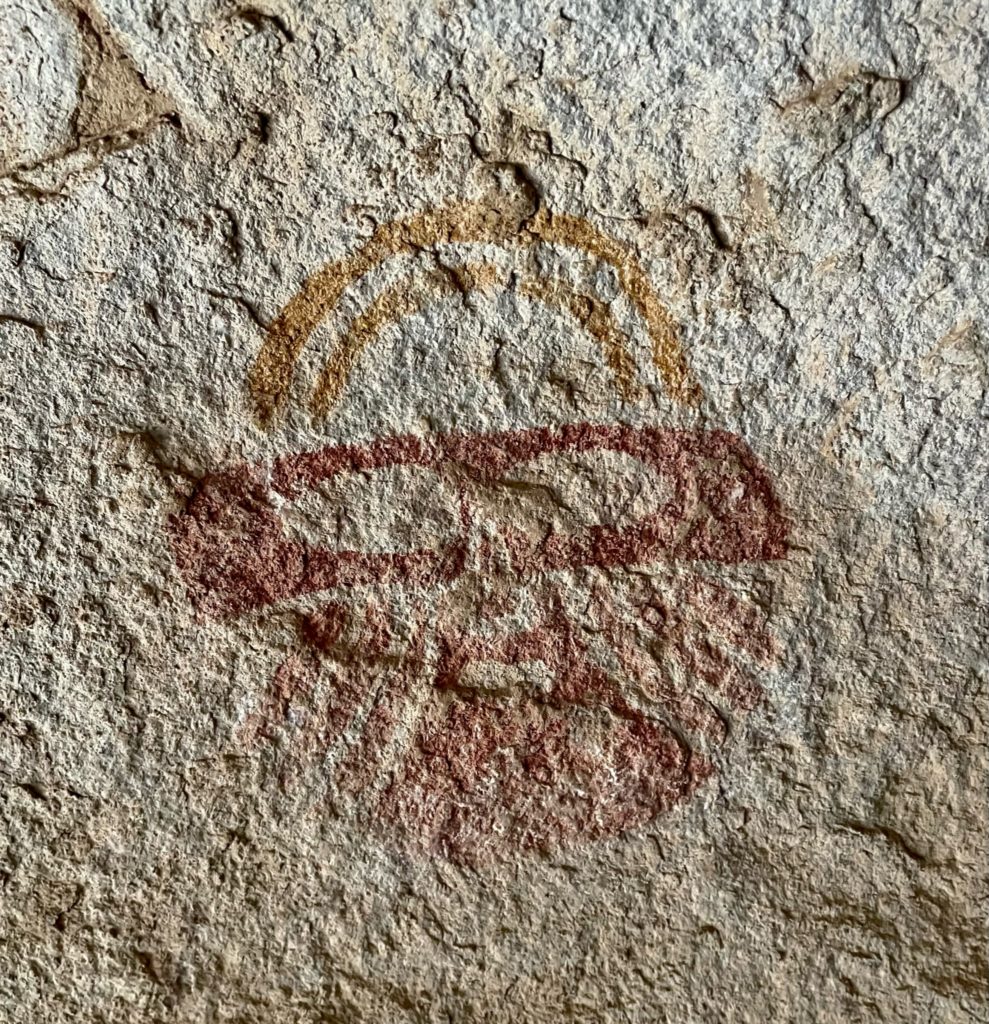
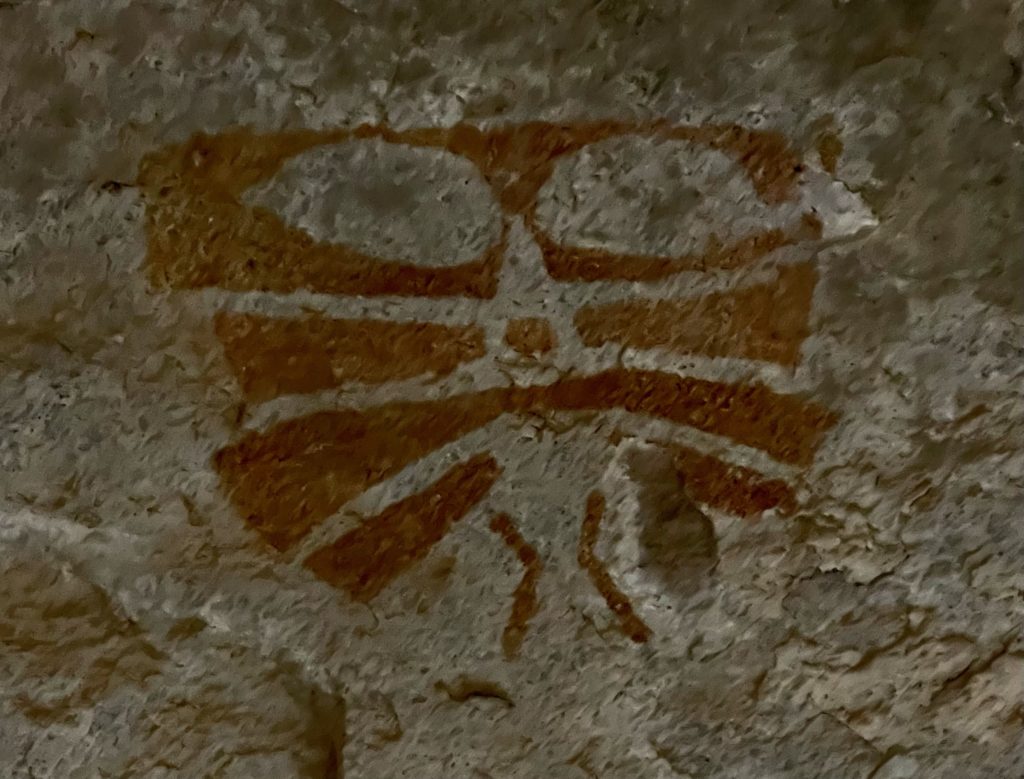
Pictographs in the cave
This park is close enough to El Paso that we were able to get some errands done there, but we didn’t spend much time exploring El Paso or its history per se.
Hueco Tanks is a unique Texas state park with a ton of history and some of the most vivid and interesting pictographs we’ve seen in our travels, making it well worth a quick stop.

